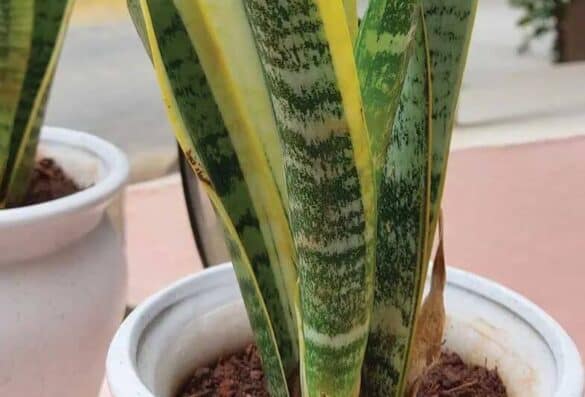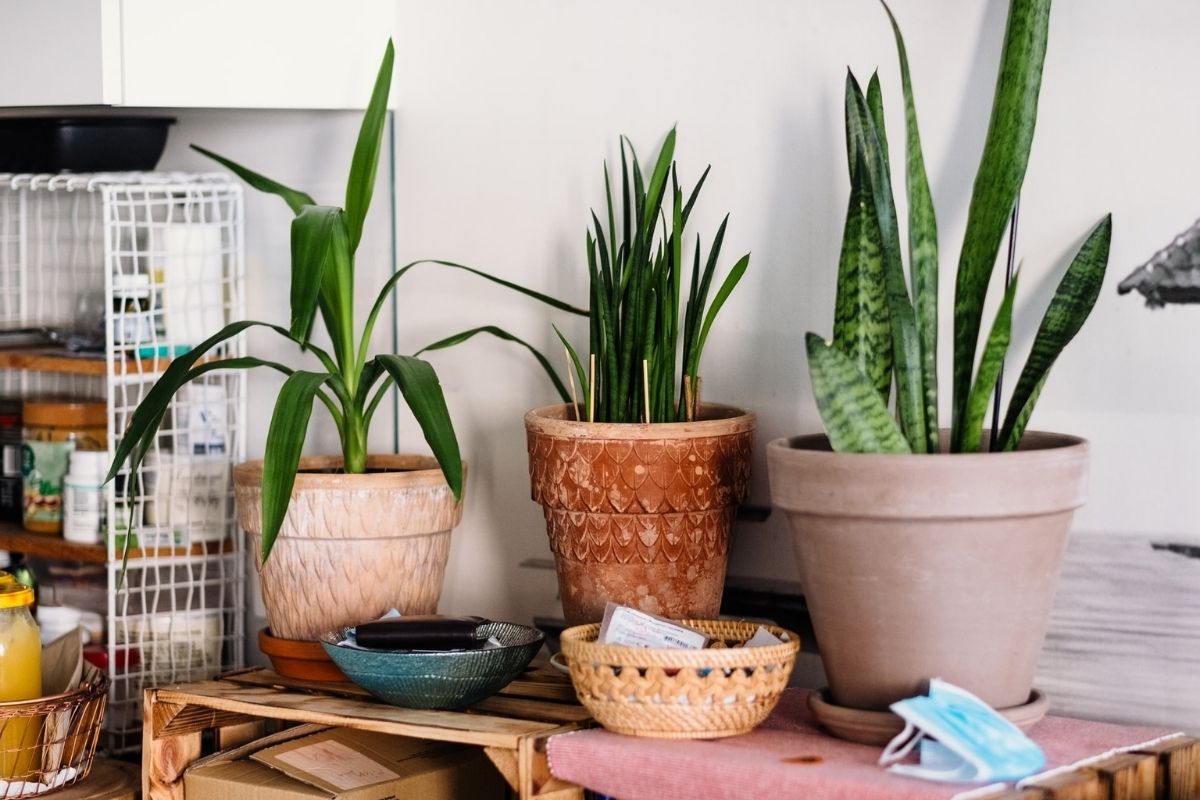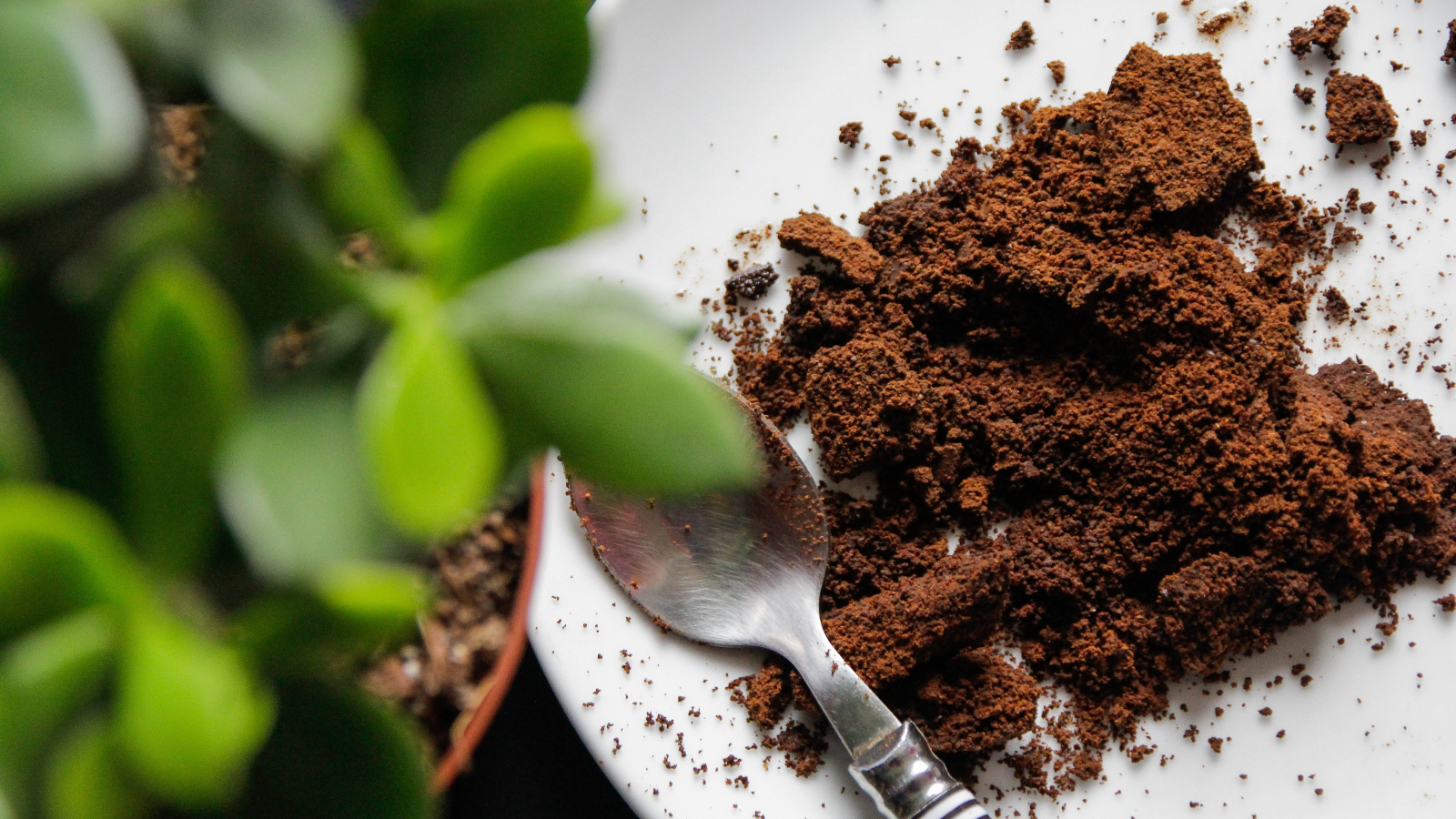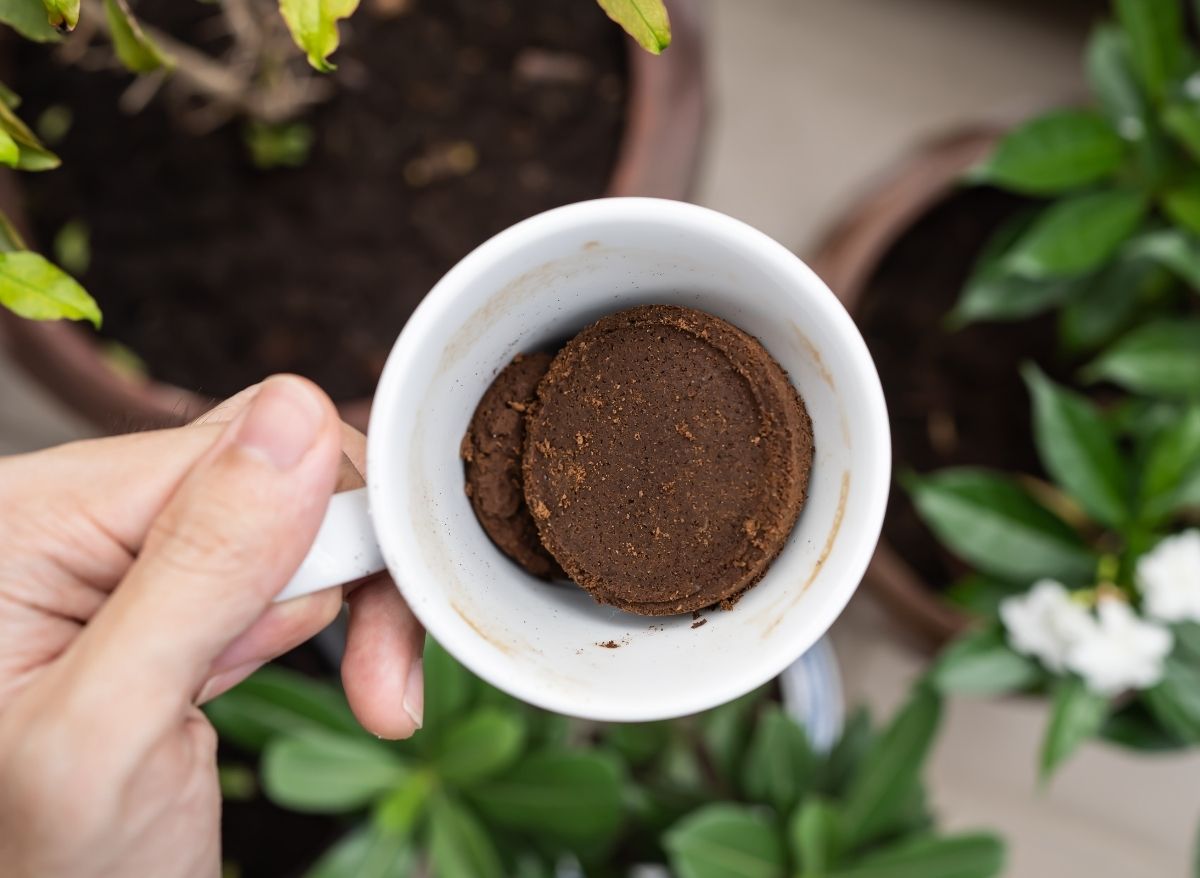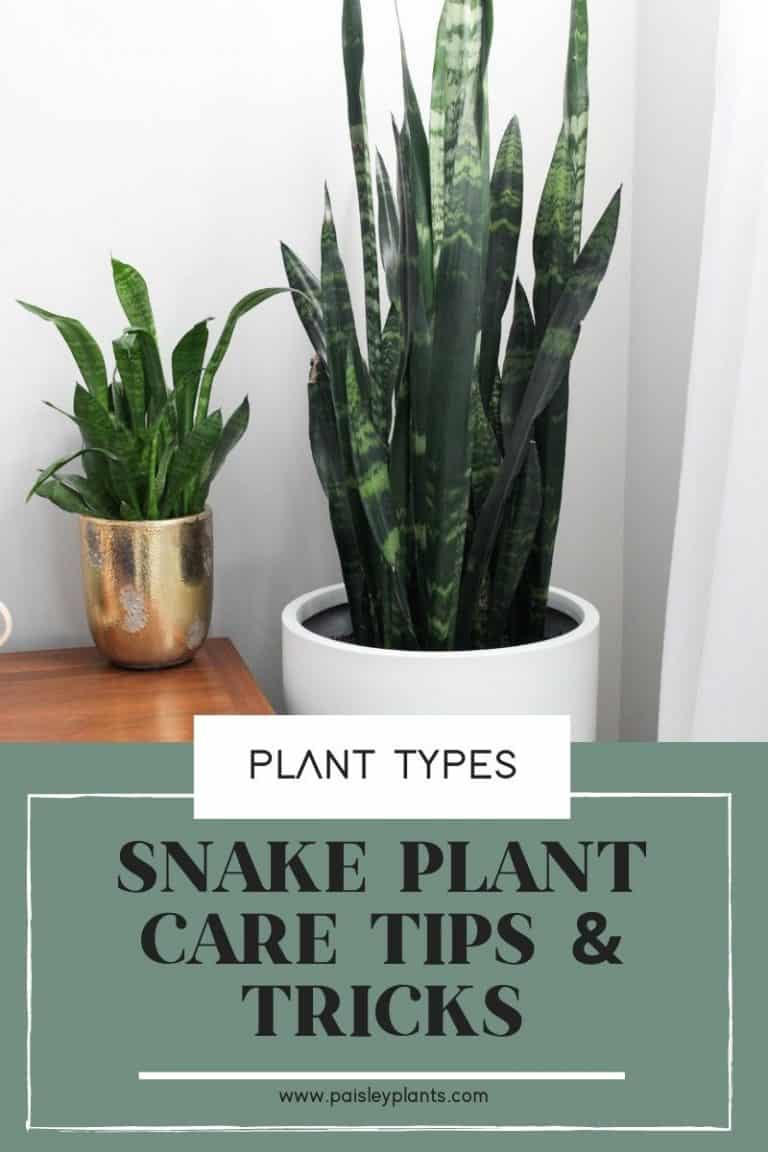Unlocking the Benefits of Coffee Grounds for Plant Care
Coffee grounds, a common household waste, have been found to be a valuable resource for plant care. Specifically, using coffee grounds for snake plants has gained popularity due to its numerous benefits. Not only does it reduce waste, but it also provides essential nutrients for the plant’s growth. By incorporating coffee grounds into their care routine, snake plant owners can promote healthy growth, improve soil structure, and even help to repel pests.
Snake plants, known for their low-maintenance requirements, can thrive in a variety of environments. However, they still require proper care to reach their full potential. One of the key benefits of using coffee grounds for snake plants is the boost of nutrients it provides. Coffee grounds are rich in nitrogen, phosphorus, and potassium, making them an excellent natural fertilizer. Additionally, the antioxidants and microorganisms present in coffee grounds can help to improve soil health, leading to a stronger and more resilient plant.
Furthermore, using coffee grounds for snake plants can also help to reduce waste. Instead of throwing away coffee grounds, they can be repurposed as a natural fertilizer. This not only reduces waste but also provides a cost-effective and sustainable solution for plant care. By adopting this practice, snake plant owners can contribute to a more environmentally friendly approach to gardening.
Overall, incorporating coffee grounds into a snake plant care routine can have a significant impact on the plant’s health and growth. With its numerous benefits, including reduced waste and improved soil health, it’s no wonder why using coffee grounds for snake plants has become a popular trend among plant enthusiasts.
How to Use Coffee Grounds to Boost Your Snake Plant’s Growth
Using coffee grounds as a fertilizer for snake plants is a simple and effective way to promote healthy growth. To get started, follow these steps:
1. Collect and dry the coffee grounds: Allow the coffee grounds to air dry completely, either by spreading them out on a paper towel or by placing them in a single layer on a baking sheet. This will help to prevent mold and bacterial growth.
2. Mix with soil: Combine 1-2 tablespoons of dried coffee grounds with 1 cup of potting soil. This ratio can be adjusted based on the size of the pot and the plant’s needs.
3. Water and fertilize: Water the snake plant as usual, and then sprinkle the coffee grounds mixture on top of the soil. Repeat this process once a month to provide a steady supply of nutrients.
4. Monitor and adjust: Keep an eye on the plant’s response to the coffee grounds fertilizer, and adjust the ratio or frequency as needed. Some snake plants may require more or less fertilizer, so it’s essential to monitor their response and adjust accordingly.
Tips for incorporating coffee grounds into your watering routine:
– Start with a small amount: Begin with a small amount of coffee grounds and gradually increase the amount as needed.
– Avoid over-fertilizing: Be cautious not to over-fertilize, as this can cause more harm than good. Snake plants prefer a balanced fertilizer, so it’s essential to monitor their response and adjust accordingly.
– Mix with other fertilizers: Consider mixing coffee grounds with other natural fertilizers, such as compost or worm castings, to create a balanced fertilizer.
By following these steps and tips, you can effectively use coffee grounds to boost your snake plant’s growth and promote healthy development.
The Science Behind Coffee Grounds as a Fertilizer
Coffee grounds are a rich source of nutrients and microorganisms that can benefit snake plants. The science behind why coffee grounds are beneficial for snake plants lies in their composition. Coffee grounds are high in nitrogen, phosphorus, and potassium, making them an excellent natural fertilizer.
Nitrogen is an essential nutrient for plant growth, and coffee grounds contain a significant amount of nitrogen in the form of amino acids. These amino acids are easily absorbed by the plant, promoting healthy growth and development.
Phosphorus is another essential nutrient found in coffee grounds. Phosphorus plays a critical role in root development, flower and fruit production, and overall plant health. Snake plants, in particular, benefit from phosphorus-rich fertilizers, as they promote healthy root growth and development.
Potassium is also present in coffee grounds, which helps to regulate water balance and promote overall plant health. Potassium also helps to protect the plant against disease and pests, making it an essential nutrient for snake plants.
In addition to these macronutrients, coffee grounds also contain microorganisms such as bacteria and fungi. These microorganisms help to break down organic matter and make nutrients available to the plant. They also help to promote a healthy soil ecosystem, which is essential for optimal plant growth.
When used as a fertilizer, coffee grounds can help to improve soil structure, increase the soil’s water-holding capacity, and promote healthy microbial activity. This, in turn, can lead to healthier and more robust snake plants.
Overall, the science behind coffee grounds as a fertilizer is rooted in their nutrient-rich composition and the presence of beneficial microorganisms. By using coffee grounds as a fertilizer, snake plant owners can provide their plants with the nutrients they need to thrive.
Other Natural Fertilizers for Snake Plants: A Comparison
While coffee grounds are an excellent natural fertilizer for snake plants, there are other options available. Eggshells and banana peels are two popular alternatives that can provide similar benefits. Here’s a comparison of these natural fertilizers:
Eggshells: Eggshells are a good source of calcium, which is essential for plant growth. They can help to improve soil structure and provide a slow release of nutrients. However, eggshells may not provide the same level of nitrogen and phosphorus as coffee grounds.
Banana peels: Banana peels are rich in potassium, which can help to promote healthy root growth and development. They also contain other essential nutrients like magnesium and sulfur. However, banana peels may not provide the same level of nitrogen as coffee grounds.
Coffee grounds: As discussed earlier, coffee grounds are a rich source of nitrogen, phosphorus, and potassium. They also contain beneficial microorganisms that can help to promote a healthy soil ecosystem.
Comparison: All three natural fertilizers have their unique benefits and drawbacks. Eggshells provide a slow release of calcium, while banana peels offer a boost of potassium. Coffee grounds, on the other hand, provide a balanced mix of nitrogen, phosphorus, and potassium, making them an excellent choice for snake plants.
Ultimately, the choice of natural fertilizer depends on the specific needs of your snake plant. If you’re looking for a balanced fertilizer that provides a range of nutrients, coffee grounds may be the best option. However, if you’re looking for a specific nutrient boost, eggshells or banana peels may be a better choice.
It’s also worth noting that you can combine these natural fertilizers to create a customized fertilizer blend. For example, you could mix coffee grounds with eggshells and banana peels to create a balanced fertilizer that provides a range of nutrients.
Common Mistakes to Avoid When Using Coffee Grounds
While using coffee grounds as a fertilizer can be beneficial for snake plants, there are some common mistakes to avoid. By being aware of these mistakes, you can ensure that you’re using coffee grounds effectively and safely.
Over-fertilizing: One of the most common mistakes when using coffee grounds is over-fertilizing. Snake plants don’t require a lot of fertilizer, and too much can cause more harm than good. Start with a small amount and gradually increase as needed.
Not mixing it into the soil: Coffee grounds should be mixed into the soil, not just sprinkled on top. This ensures that the nutrients are evenly distributed and can be absorbed by the plant’s roots.
Using fresh coffee grounds: Fresh coffee grounds can be too potent for snake plants and may cause burning. It’s best to use dried coffee grounds, which are less concentrated and safer for the plant.
Not considering the pH level: Coffee grounds can affect the pH level of the soil, so it’s essential to consider this when using them as a fertilizer. Snake plants prefer a slightly acidic to neutral soil pH, so be sure to monitor the pH level and adjust as needed.
Not providing enough water: Coffee grounds can help to improve soil structure and increase the soil’s water-holding capacity. However, it’s still essential to provide enough water for the plant. Make sure to water your snake plant regularly, especially during the growing season.
By avoiding these common mistakes, you can ensure that you’re using coffee grounds effectively and safely to fertilize your snake plant.
Real-Life Examples of Snake Plants Thriving with Coffee Grounds
Many snake plant owners have successfully used coffee grounds as a fertilizer, and the results are impressive. Here are a few real-life examples:
Emily, a snake plant enthusiast, started using coffee grounds as a fertilizer for her snake plant about six months ago. She noticed a significant improvement in the plant’s growth and health, with new leaves emerging and the existing ones becoming more vibrant. “I was amazed at how well my snake plant responded to the coffee grounds,” Emily said. “It’s now one of the healthiest plants in my collection.”
David, another snake plant owner, used coffee grounds to revive a struggling snake plant. “I had a snake plant that was on the verge of dying, but after using coffee grounds as a fertilizer, it started to recover,” David said. “The leaves began to grow back, and the plant started to thrive again.”
These examples demonstrate the positive impact that coffee grounds can have on snake plants. By using coffee grounds as a fertilizer, you can provide your snake plant with the nutrients it needs to thrive.
In addition to these individual examples, there are many online forums and communities where snake plant owners share their experiences with using coffee grounds as a fertilizer. These communities provide a wealth of information and advice on how to use coffee grounds effectively and safely.
Overall, the evidence suggests that coffee grounds can be a valuable addition to your snake plant care routine. By incorporating coffee grounds into your fertilization schedule, you can help your snake plant thrive and enjoy optimal health.
Combining Coffee Grounds with Other Care Techniques for Optimal Results
To get the most out of using coffee grounds as a fertilizer for your snake plant, it’s essential to combine it with other care techniques. Here are some tips on how to combine coffee grounds with other care techniques for optimal results:
Pruning: Pruning is an essential part of snake plant care, as it helps to maintain the plant’s shape and promote healthy growth. When pruning your snake plant, make sure to remove any dead or damaged leaves, as these can attract pests and diseases. After pruning, apply a layer of coffee grounds around the base of the plant to provide a boost of nutrients.
Repotting: Repotting is another crucial care technique for snake plants. When repotting your snake plant, make sure to use a well-draining potting mix and a pot that is slightly larger than the previous one. Add a layer of coffee grounds to the potting mix to provide a nutrient-rich environment for the plant’s roots.
Watering: Watering is an essential part of snake plant care, as it helps to keep the soil moist and provide the plant with the water it needs to thrive. When watering your snake plant, make sure to water thoroughly, allowing the soil to dry slightly between waterings. Add a small amount of coffee grounds to the water to provide a boost of nutrients.
Lighting: Lighting is also an essential part of snake plant care, as it helps to promote healthy growth and development. When providing lighting for your snake plant, make sure to place it in a spot that receives bright, indirect light. Avoid placing the plant in direct sunlight, as this can cause the leaves to become scorched.
By combining coffee grounds with these other care techniques, you can provide your snake plant with the optimal environment it needs to thrive. Remember to always monitor your plant’s response to coffee grounds and adjust your care routine accordingly.
Conclusion: Why Coffee Grounds Should Be a Part of Your Snake Plant Care Routine
In conclusion, using coffee grounds as a fertilizer for snake plants is a simple and effective way to promote healthy growth and development. By incorporating coffee grounds into your care routine, you can provide your snake plant with the nutrients it needs to thrive.
Coffee grounds offer a range of benefits for snake plants, including improved soil structure, increased nutrient availability, and a boost of beneficial microorganisms. Additionally, using coffee grounds as a fertilizer can help to reduce waste and promote sustainability.
By following the tips and guidelines outlined in this article, you can start using coffee grounds as a fertilizer for your snake plant today. Remember to use a balanced ratio of coffee to soil, mix it into the soil properly, and avoid over-fertilizing.
With the right care and attention, your snake plant can thrive and become a beautiful and healthy addition to your home or office. So why not give coffee grounds a try? Your snake plant will thank you!



